Final Fantasy is perhaps one of the most revered and celebrated JRPG series to date, filled with a colourful history that is fondly remembered even by those who aren’t hardcore fans of the franchise, a fact I can attest to. One of the first Final Fantasy games I got to play and fondly remember was Final Fantasy XIII, unfortunately.
It was not until years later that I realised what was wrong with it and why many fans hated it. Despite this, I still remember the adventures and issues I encountered when I first fired up the game. And, as unfortunate as it is to say, Final Fantasy XVI shares a lot of those similarities with its predecessor.
A Title That Is Both Overhauled and Clunky
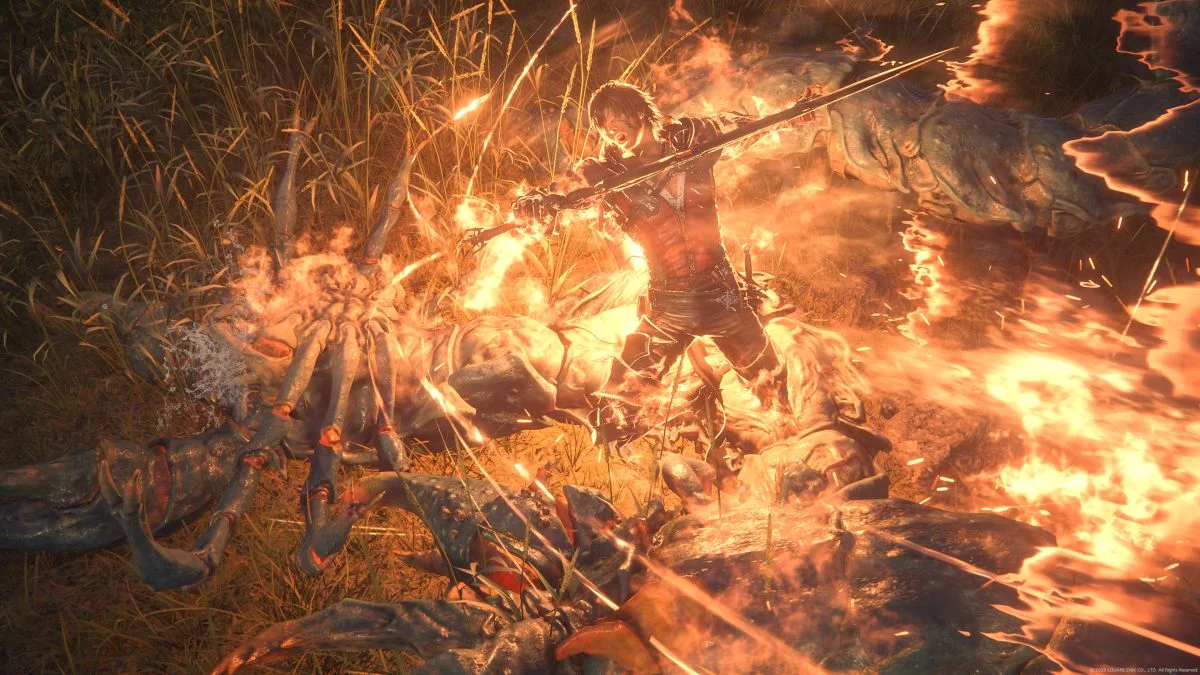
Since its controversial transition away from a turn-based combat system to a much more active one, Final Fantasy has been dipping its toes into all sorts of mechanics that would finally stick. Early on in the game’s run, it’s not hard to see that it borrows a lot of mechanics and ideas from other popular titles, which we will get to in a bit. However, as I played through the game, something was lacking that made the game so alienating.
But before we pour salt into the game’s gaping wound, let’s first discuss the positives of the game, the first of which is the graphics. It pushes the boundaries in terms of details that its predecessor set years before, both in gameplay and in cutscenes. Though we take it for granted, it is an absolute must when it comes to exploring an entirely new world. Something Square Enix has mastered at this point, with a few key twists that make it stand out.
Final Fantasy Magic, With A Touch Of Game Of Thrones
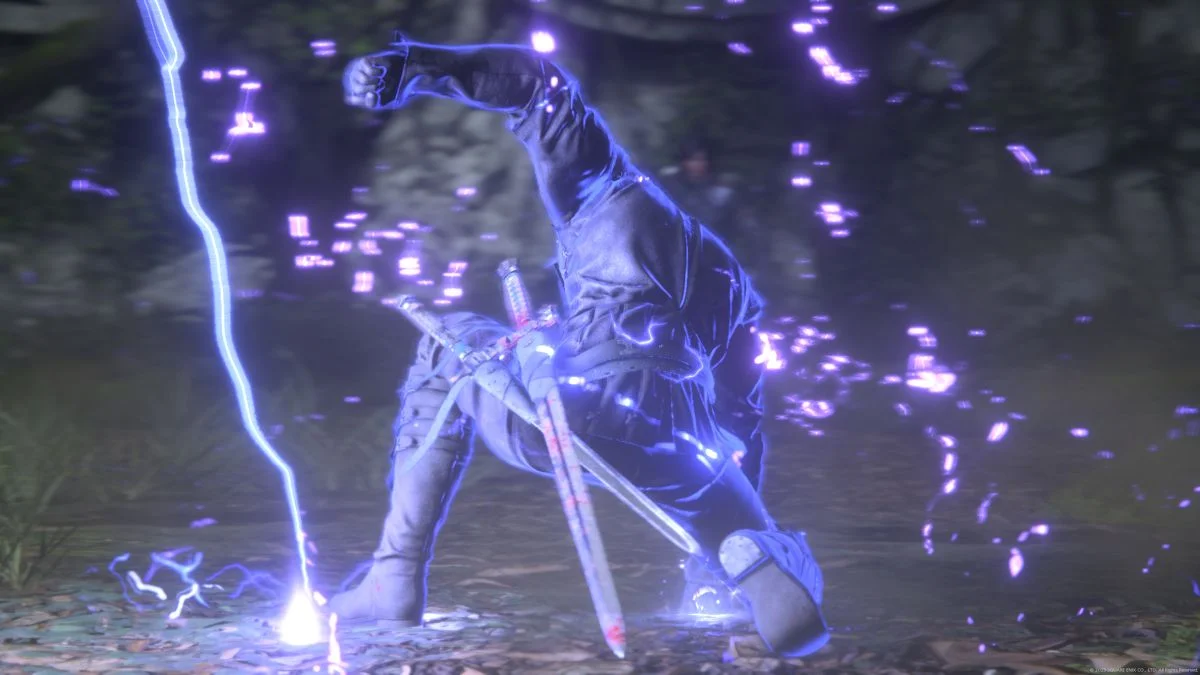
The first thing that stood out to me in Final Fantasy XVI was its unapologetically violent narrative, which doesn’t shy away from spraying torrents of blood. It is actually a very welcome change as the franchise reverts back to its high fantasy aesthetic and focuses on the world of Valisthea, a rich world that is slowly being consumed by a sickness called the ‘Blight’. This serves as the perfect setting for bloody wars as the kingdoms that dominate the land fight for untainted resources.
However, with new worlds come new words and jargon to memorise, not to mention centuries-long histories to keep track of. Instead of spending 30 minutes info-dumping mid-cutscene, Square Enix has created something amazing that I wish to see in future instalments. ‘Active Time Lore’ is definitely one of the best additions to the game, a feature where you can pause a cutscene and check out any information relevant to it, teaching you all you need to know about characters, empires, and other jargon.
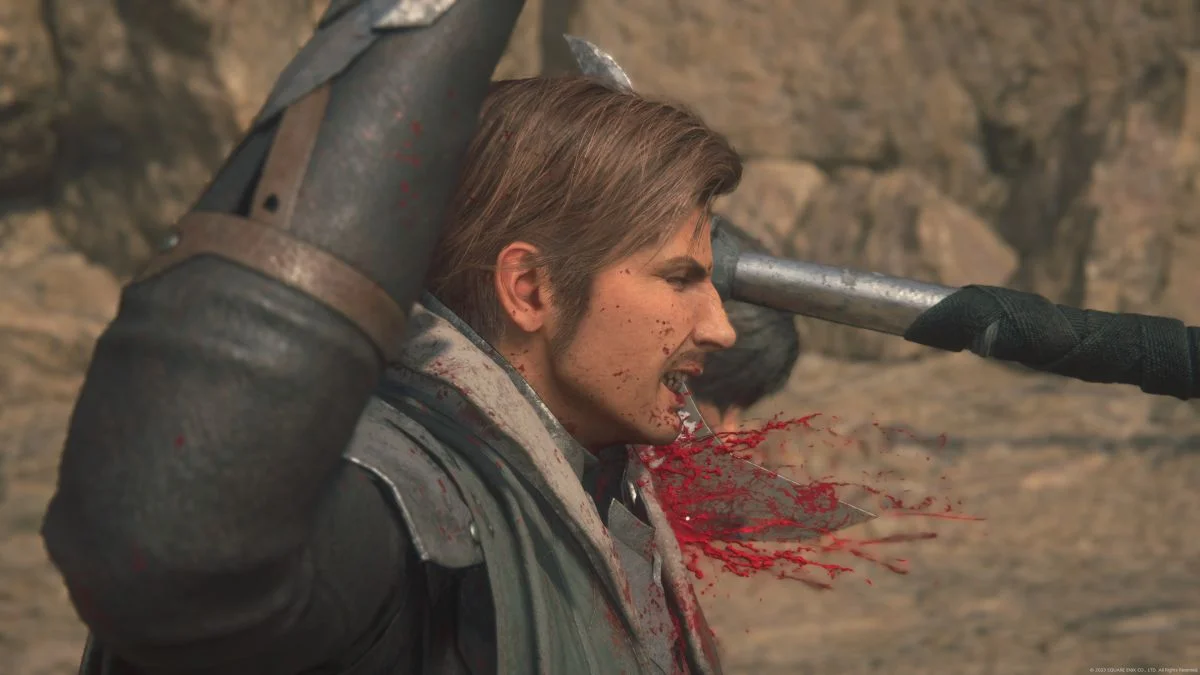
These entries constantly update in accordance with the protagonist’s knowledge as it happens. In case you missed an entry, you can always refer to it at the central hub of the game and check it there, both old and updated ones alike.
Same Ol’ Revenge Plot With Minute But Welcomed Twists
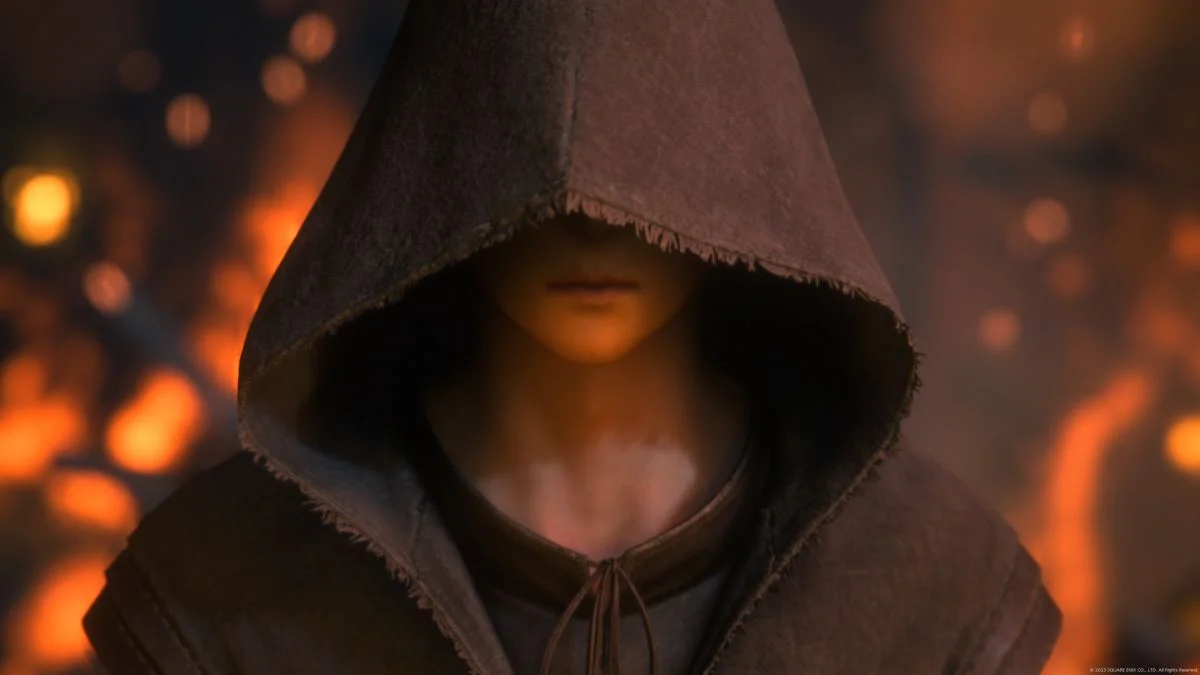
In the world of ceaseless wars, each faction relies on a trump card called ‘Dominants’ and their respective ‘Eikons’. Eikons replace the standard summons that have been a staple of the franchise and take on a more direct and active role in terms of the plot, serving as a sort of nuclear deterrent that can only be summoned by a Dominant.
You explore this expansive world through the eyes of Clive Rosfield, the eldest born prince of the Archduke of Rosaria and bodyguard for the nation’s Dominant who possesses the power of Fire. However, after a tragedy, Clive’s ward was murdered, and the young prince was captured and turned into an enslaved soldier. This brutal introduction to the plot and the story at large is a fitting entry point to present the world of Valisthea.
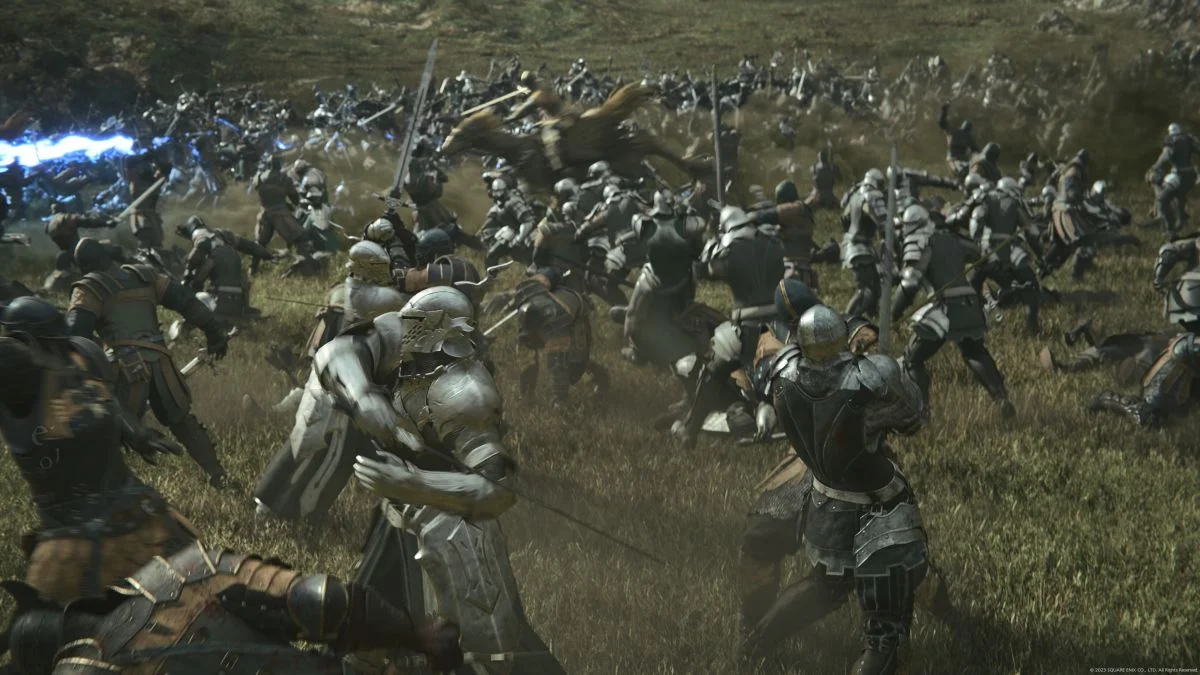
Though it falls back on a simplistic revenge plot, the execution and the set-up leading up to the tragedy were masterfully executed and got the ball rolling, giving him a goal to pursue for the first quarter of the game. Though constantly seeking blood and vengeance, Clive is actually a sensible male protagonist; he may be headstrong, but he isn’t reckless and can easily be talked out of his bloodlust and be reasonable, which is a nice change of pace.
The Most Linear Final Fantasy Title, To Date
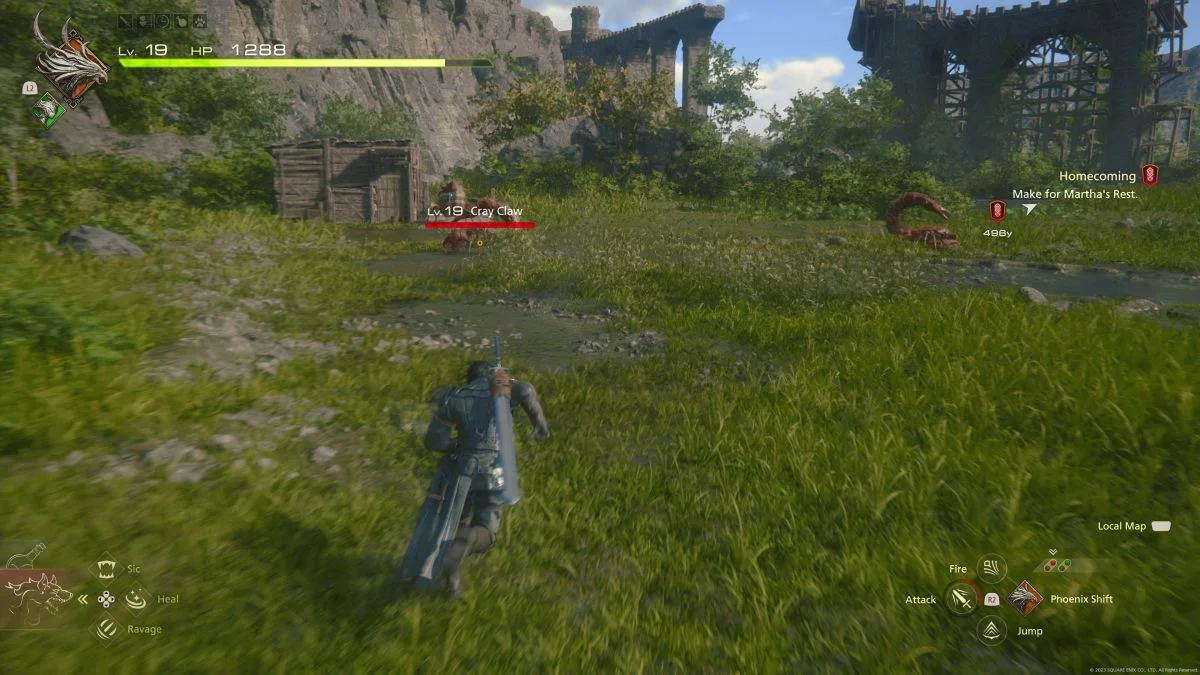
From the taste of the open road in Final Fantasy XV to walking all over the place again, Final Fantasy XVI dropped all aspects of the open world and stuck to a much more linear format of gameplay. Here, you have to run through an expansive but still limited map, mostly because exploration takes a back seat in this game in favour of combat. With all these beautiful details, it would be a sin not to explore them all; unfortunately, the game doesn’t incentivise that as there isn’t much in the way of loot or collectibles in the overworld.
Exploration, if you can call it that, has you running around the map, killing monsters, before moving on to the next area to kill that batch of monsters. Due to the fast-paced nature of the game’s combat, everything else feels slow. You get this feeling even more as the game doesn’t have a dedicated sprint button. Clive would have to run in a straight line for a few seconds, then breakout into a sprint, which is equally annoying and inconsistent.
As you progress through the map, you’ll encounter segments where you’ll have to hop and crawl. There is nothing wrong with these parts per se, but I need to address how off-putting the animation for these scenes can be. Animations in cinematics have a great spectacle element to them, making them quite enticing, but models outside of cinematics are extremely jarring, becoming stiff as a board. Examples of this are the hopping animation for Clive when he bounds over a small gap or when he kicks down a boarded-up doorway; both are prime examples of disjointed animation that looks and sounds weak, to say the least. Obviously, animations in and out of cinematics can’t be the same, but it’s something you need to know before going in.
Side Quests Are Absolute Chores, Literally
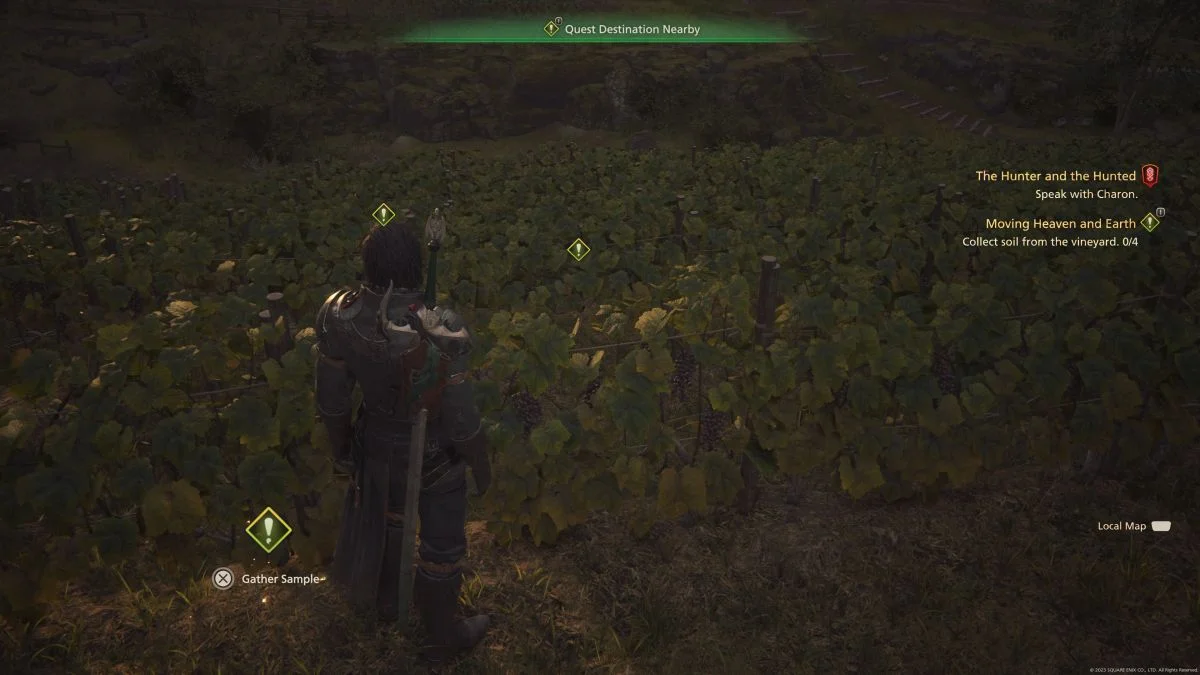
The title of this segment is no exaggeration. From passing on bowls of soup to literally collecting dirt, these tasks are, for lack of a better word, boring. Among all the comments I have made with the game so far, this one was perhaps the most shocking, as the Final Fantasy franchise is known to have the best side quests in the gaming world, but you’re going to have to endure doing these menial tasks for the larger half of your playthrough. Other reports state the same, but they do get better and more impactful as you progress more and more into the story.
One thing that is neat about side quests is that NPCs take note of Clive’s deeds and become more welcoming of the fallen prince in the hideaway. NPCs in Final Fantasy XVI are very chatty and will react accordingly to what and how many side quests you have completed. This nice touch gives the game more life, which could have been overlooked by other developers, so it’s a plus.
Overhauled Combat System Feels Spotty At Best
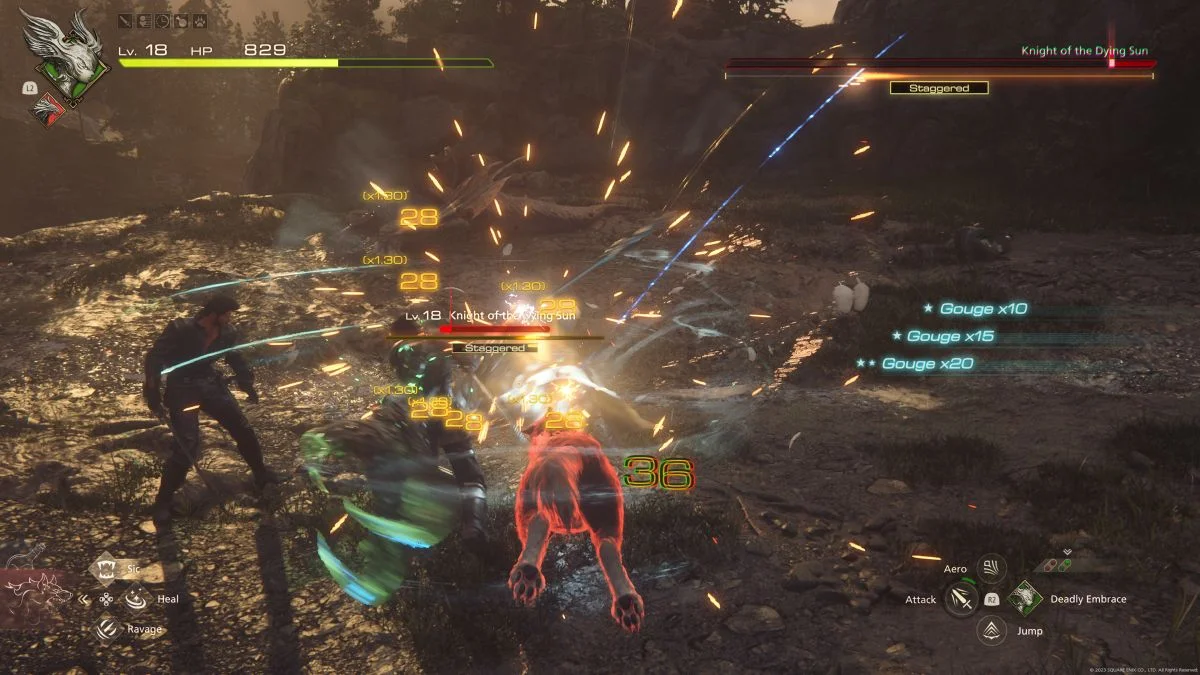
Now, on to the part of the game that has received the most attention: combat. As mentioned earlier, the combat system has received massive amounts of love as it continues to move away from the turn-based system the earlier entries in the franchise are known for. Battles are fast and explosive because of Ryota Suzuki’s work as the combat director for Final Fantasy XVI, who also worked on Dragon’s Dogma and Devil May Cry.
Combat places a big emphasis on combos and alternating between spells and techniques. Final Fantasy 16 has a ‘Will System’ that, once depleted, will cause enemies to stagger, letting you unload massive amounts of damage while they are still weak, a feature that was introduced in Final Fantasy 13 and has been improved upon since. You are given a four-move basic attack chain and nothing more, but this decision is deliberate as it forces you to explore and experiment with using different abilities and skills; doing so rewards you as the enemies will stagger faster.
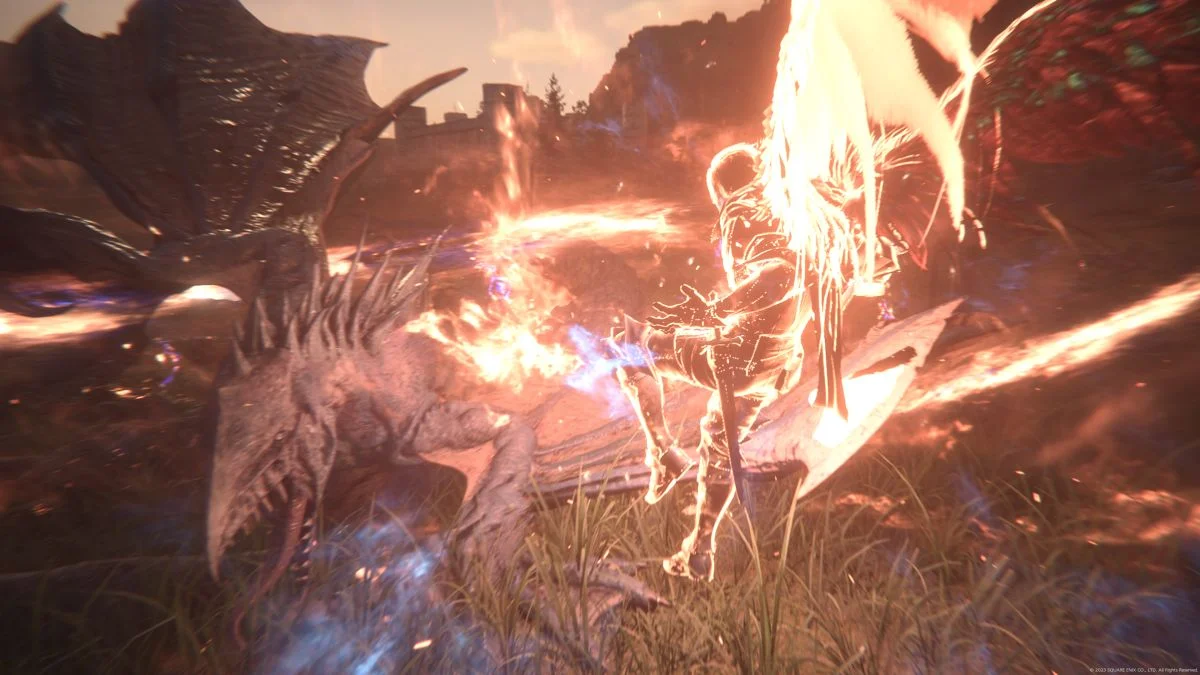
Despite the high praise the combat system has received, I actually have mixed feelings about it. The combat is reactive-based, and you are expected to look out for enemy tells in order to dodge and parry, giving you all sorts of bonuses for doing so. This would be alright if only stringing combos, like the magic bursts, wasn’t so problematic, as combos outright fail to register. Though it might feel like a skill issue, combat is not as fluid compared to, say, the first Bayonetta game, a game that perfectly balanced fast-paced combat, combo-stringing, and exploration over 10 years ago.
I thought that it was only a fluke, but after the first Eikon battle (a detail that I will get through shortly), I noticed Final Fantasy XVI’s most glaring problem: it feels as though it’s trying to replicate everything other games have done before and falls short with each of them. This led me to feel like the franchise is still in the middle of its identity crisis, as the best part of the game only felt okay at best. Though there were key moments, they were few and far between.
This high-octane fighting sequence is nice compared to Final Fantasy XV’s hybrid approach, but because of this, you can easily see compromises made in other aspects of the game once you’ve moved past it. Combat is simple when you break it down, but mastering it is another thing, and it is all that more rewarding when you do. That being said, it does become stale, and it doesn’t help that there is only a limited pool of monsters to fight against.
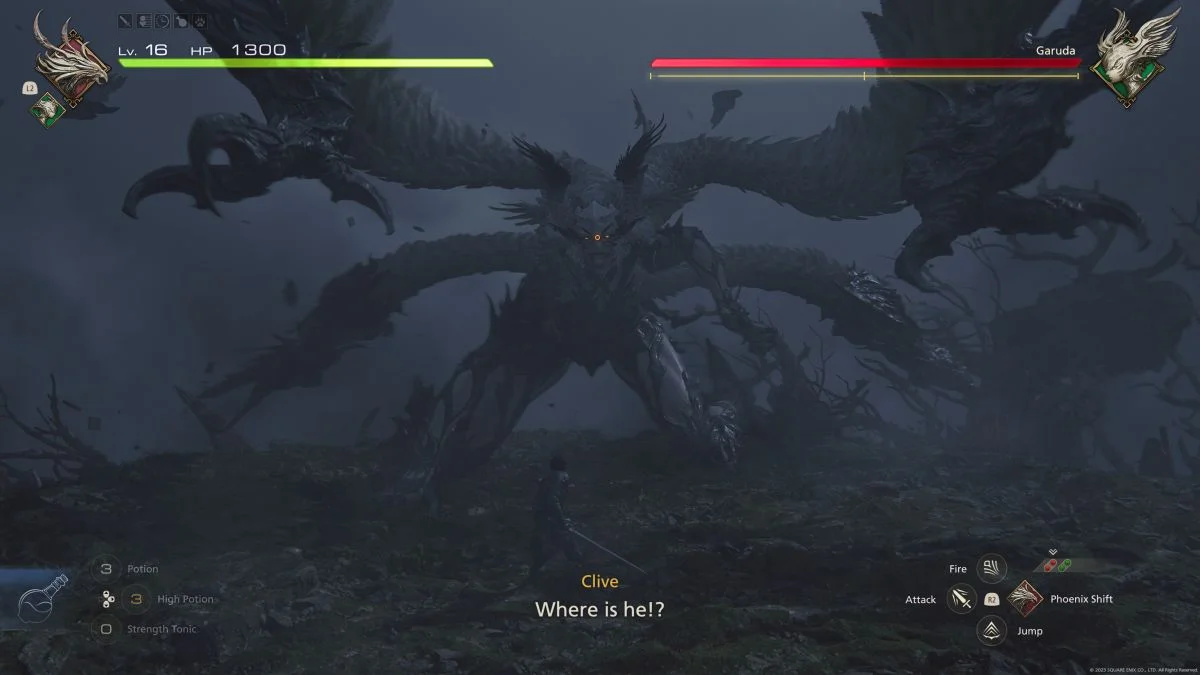
Eikon battles are one of the coolest parts of Final Fantasy XVI, and I say that with absolute conviction. However, the first proper Eikon battle is the slowest fight in the game, as I alternated between dodging, hitting those four hit combos, and getting past the overwhelming amount of QTEs. Not all is lost, as the subsequent fights have better controls and manoeuvrability with the Eikons as the story progresses.
Combat in Final Fantasy XVI is still satisfying, but there are times when it just feels like a drag. Since other aspects of the game have taken a reduced role, once the charm of combat is gone, it feels as though you’ve already explored everything.
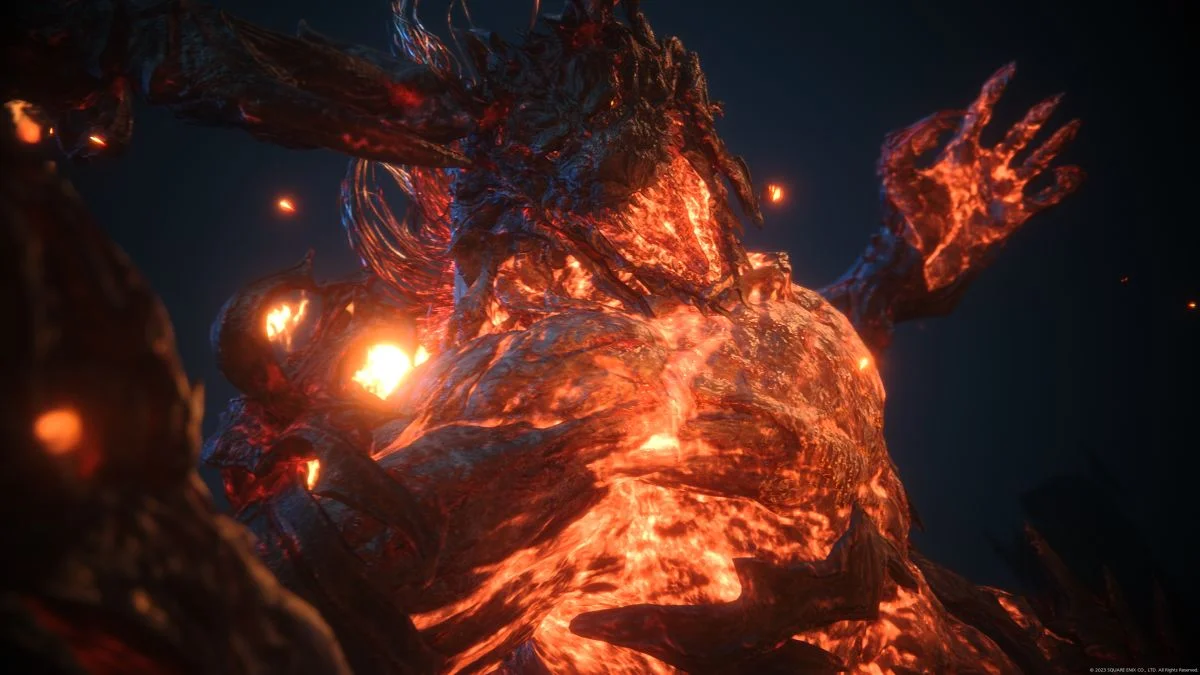
Should you still try Final Fantasy XVI? Yes, as there are unique aspects of the game that previous entries didn’t offer, and if you are interested in or a fan of the combat system, you are welcome to try it. However, if you are here for anything else, then it’s best to lower your expectations.
Follow us on Instagram, Facebook, Twitter or Telegram for more updates and breaking news.
Stay connected with us on social media platform for instant update click here to join our Twitter, & Facebook
We are now on Telegram. Click here to join our channel (@TechiUpdate) and stay updated with the latest Technology headlines.
For all the latest Gaming News Click Here
